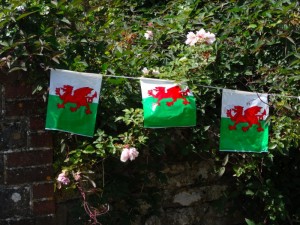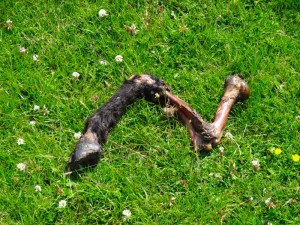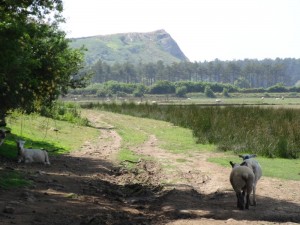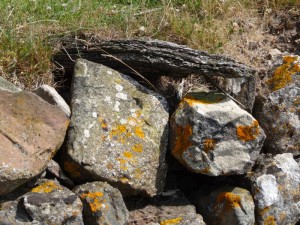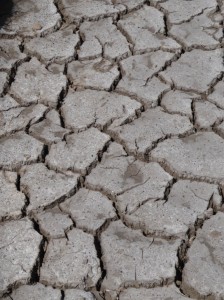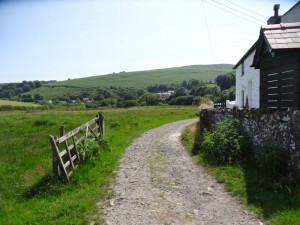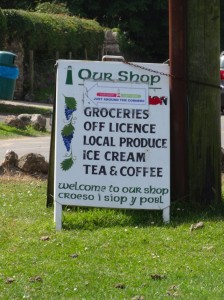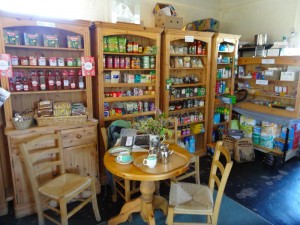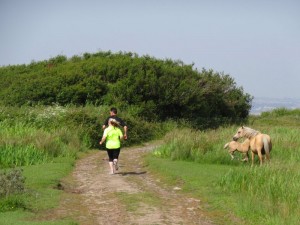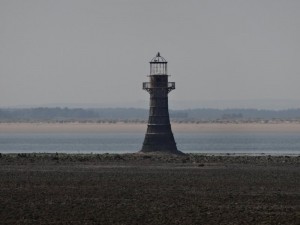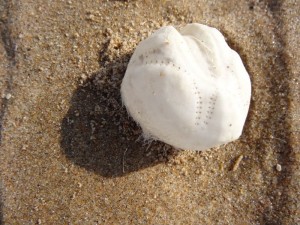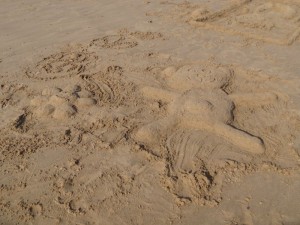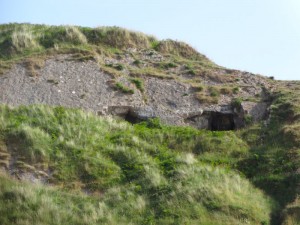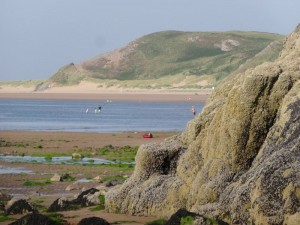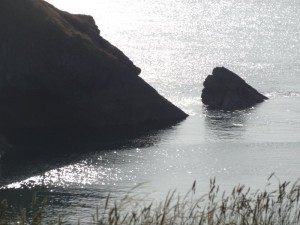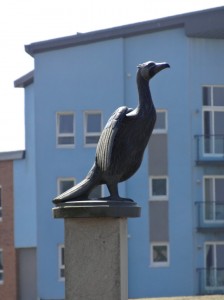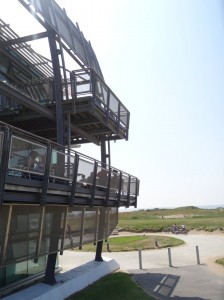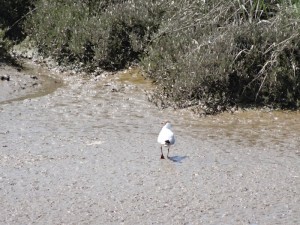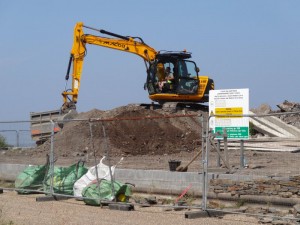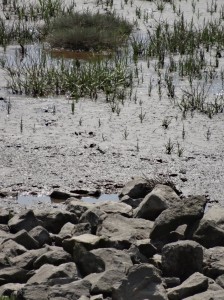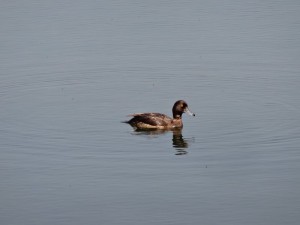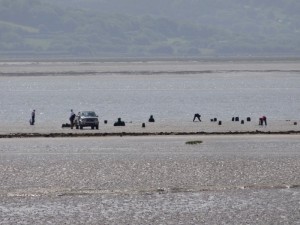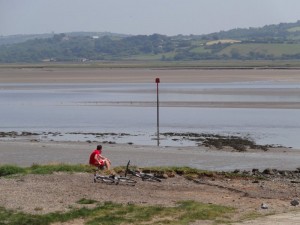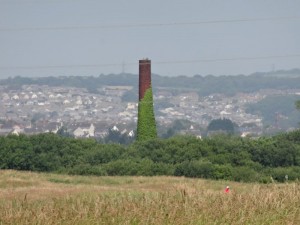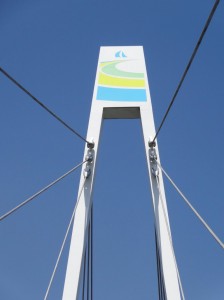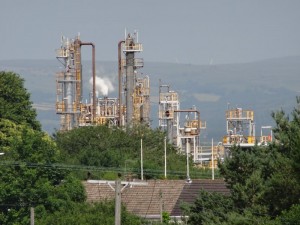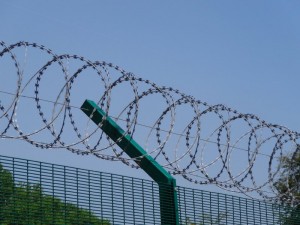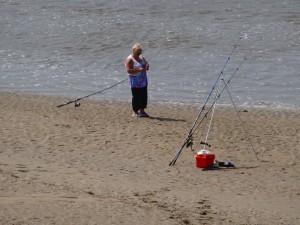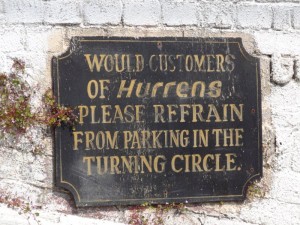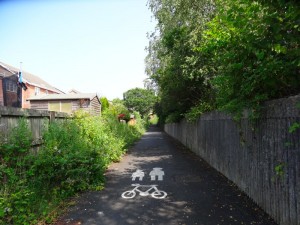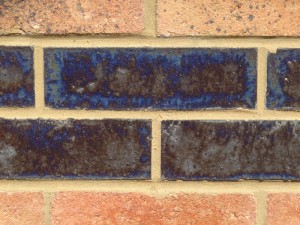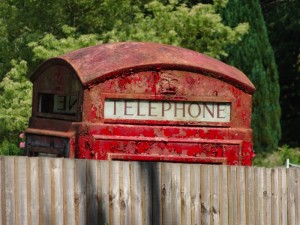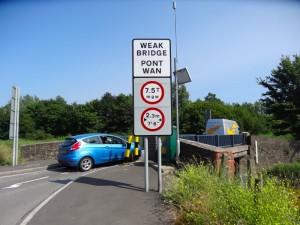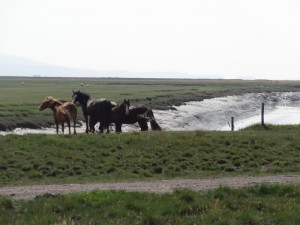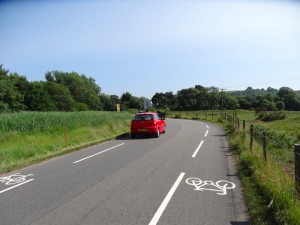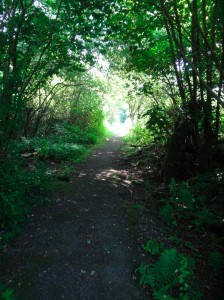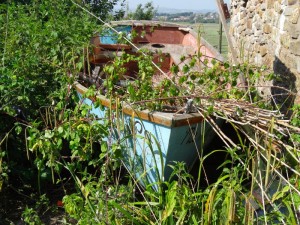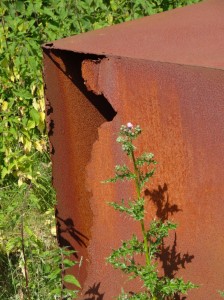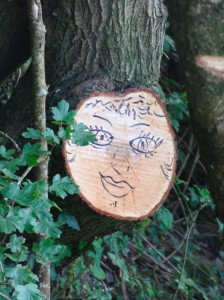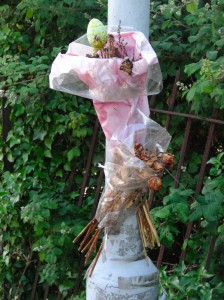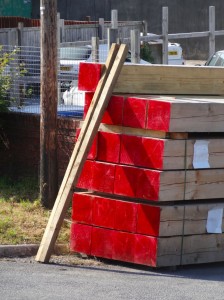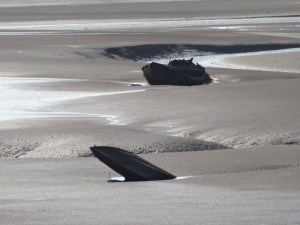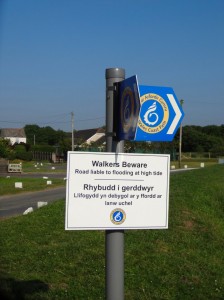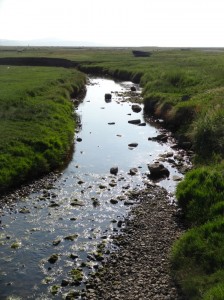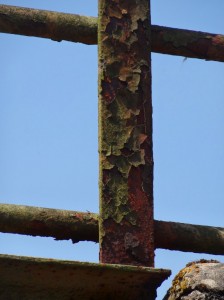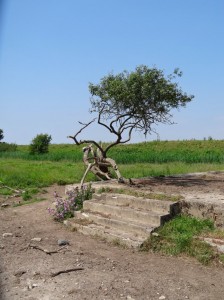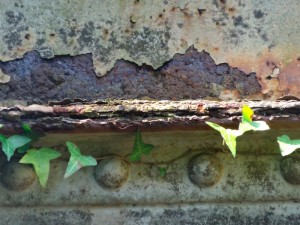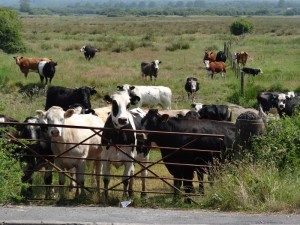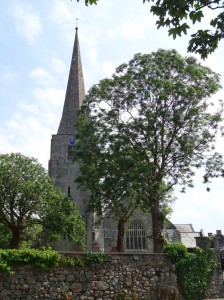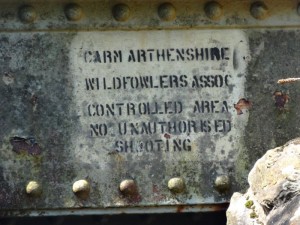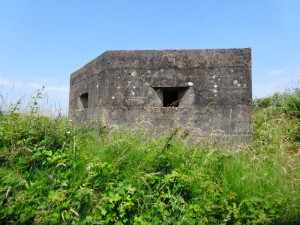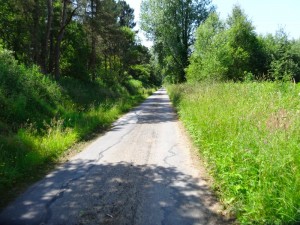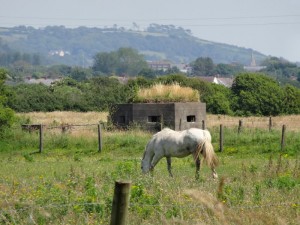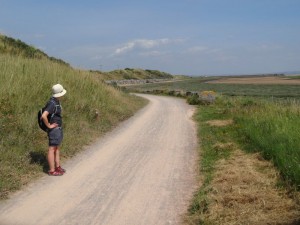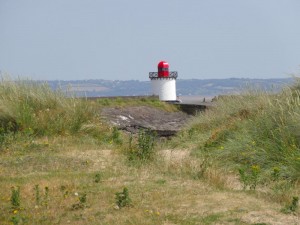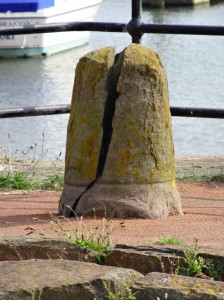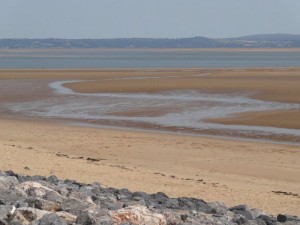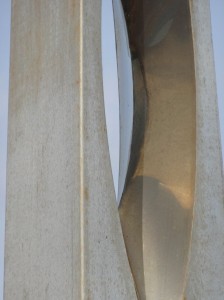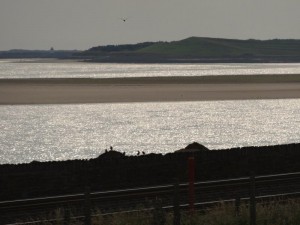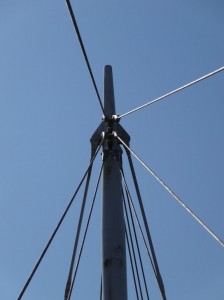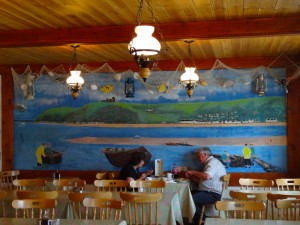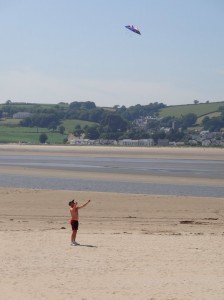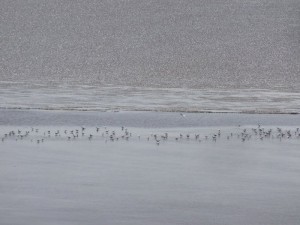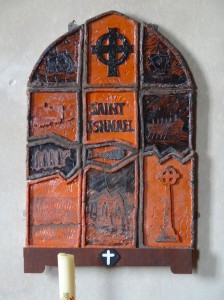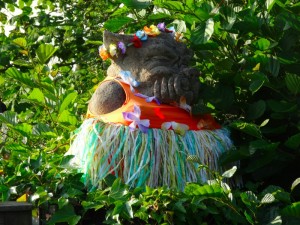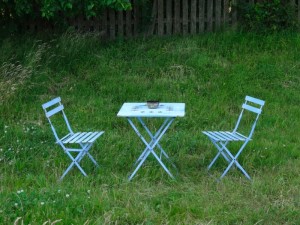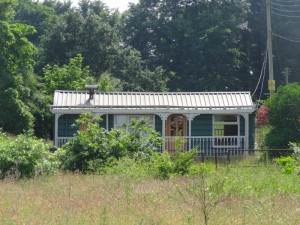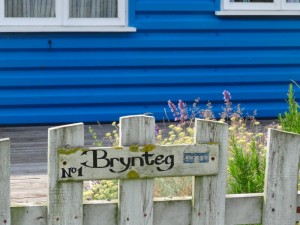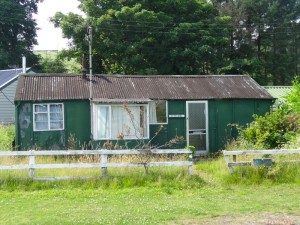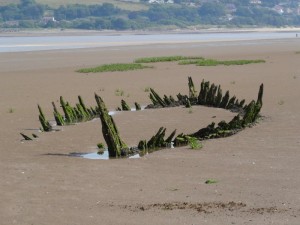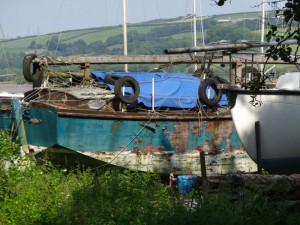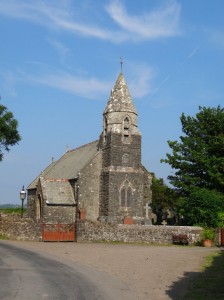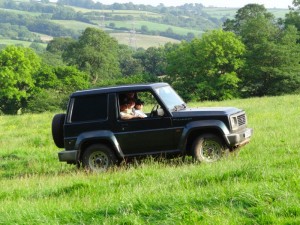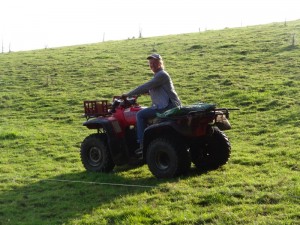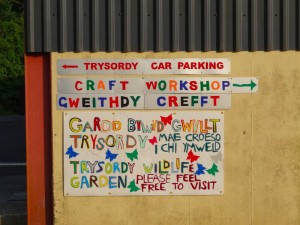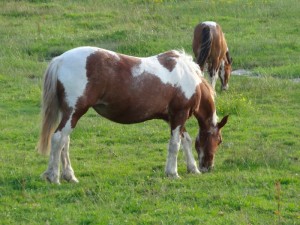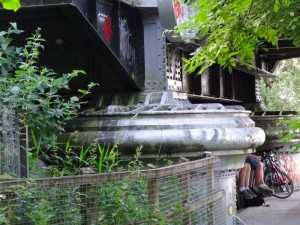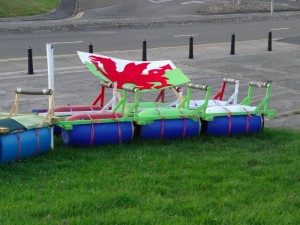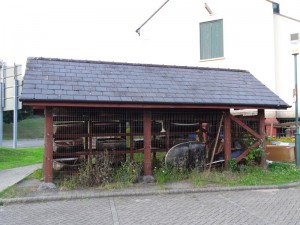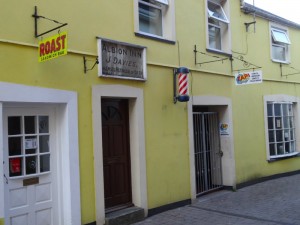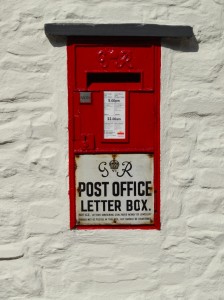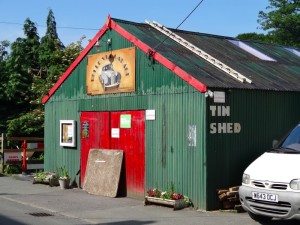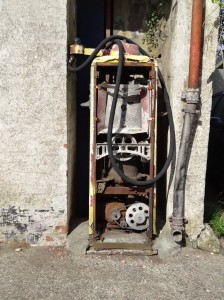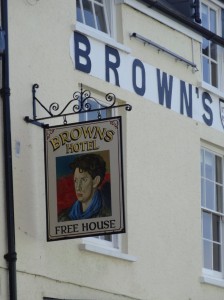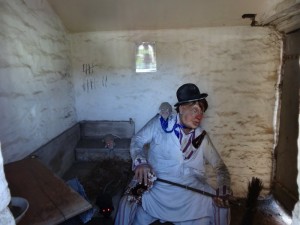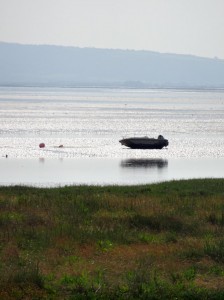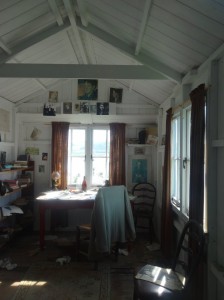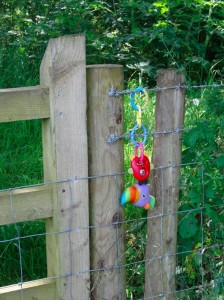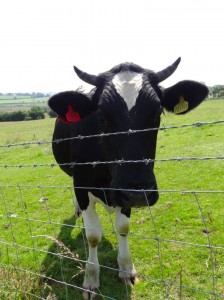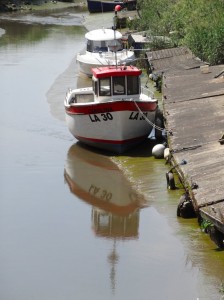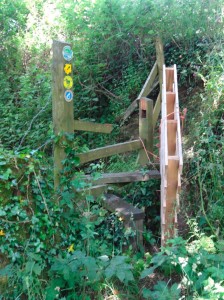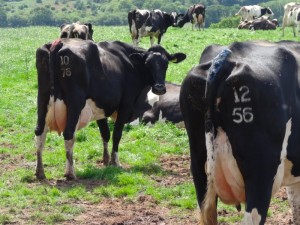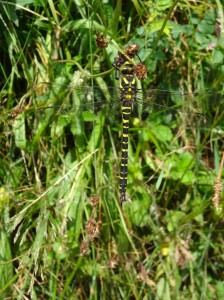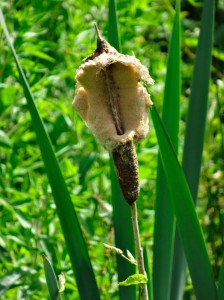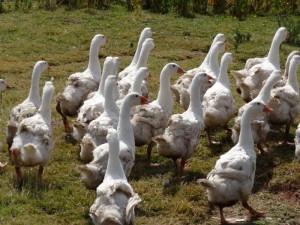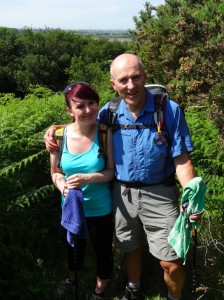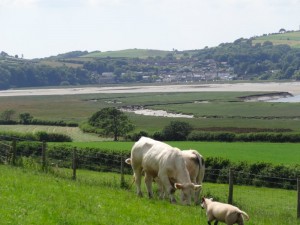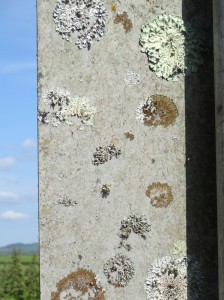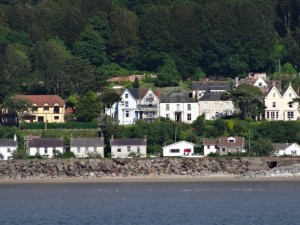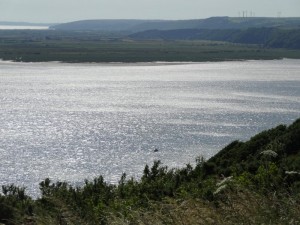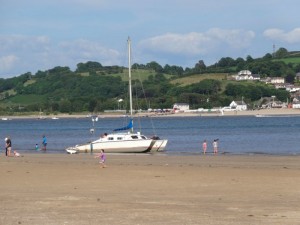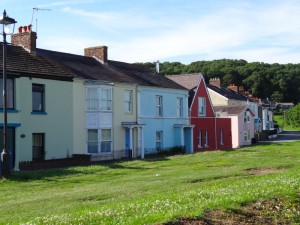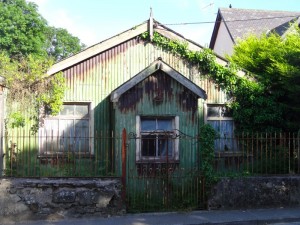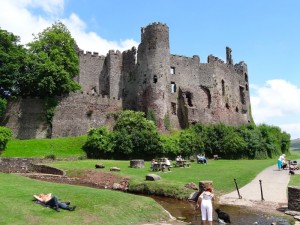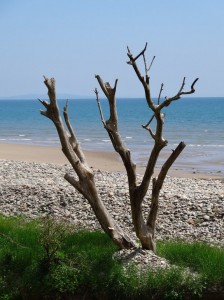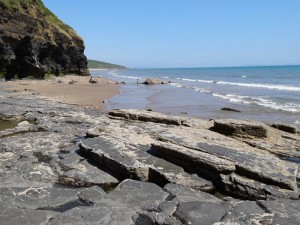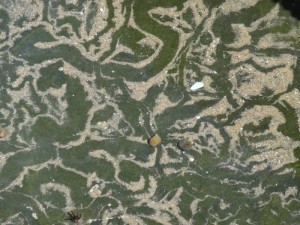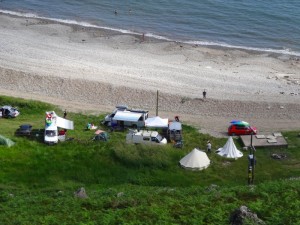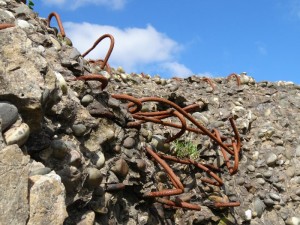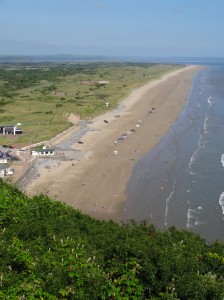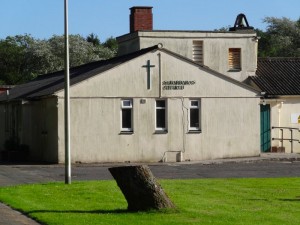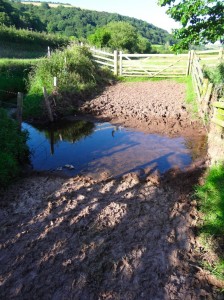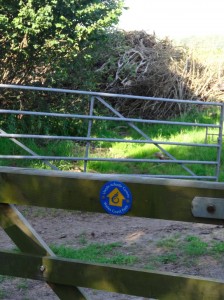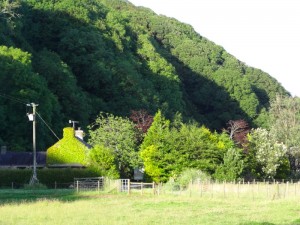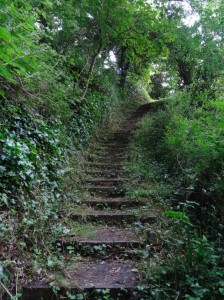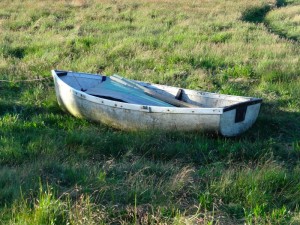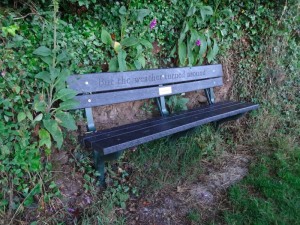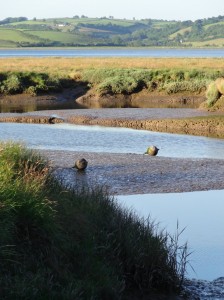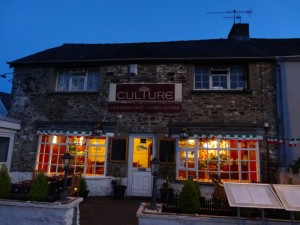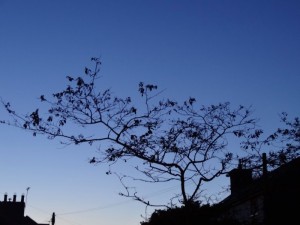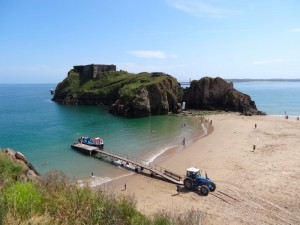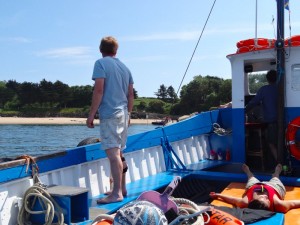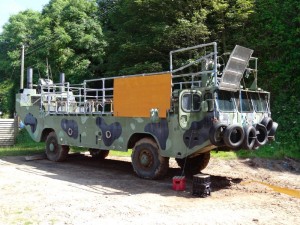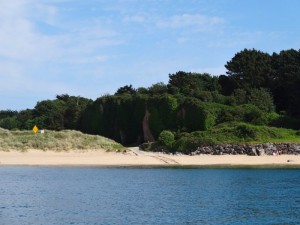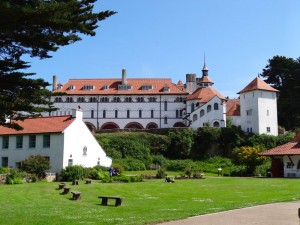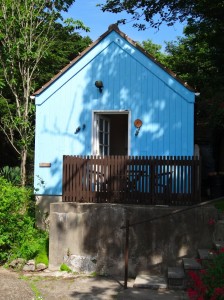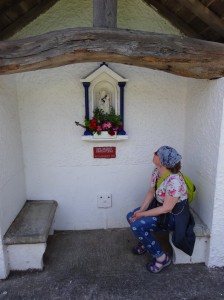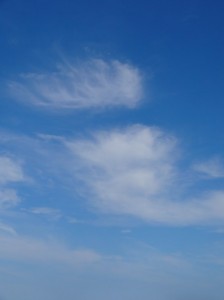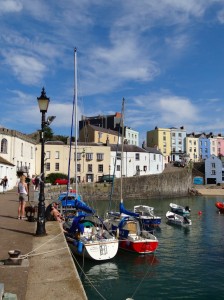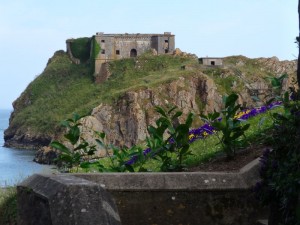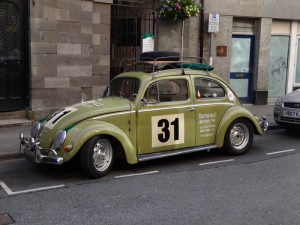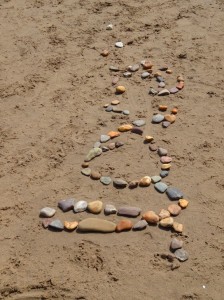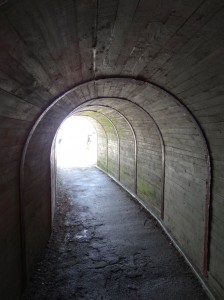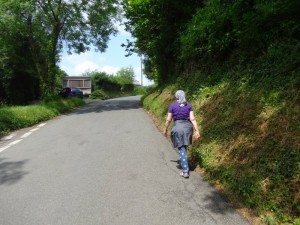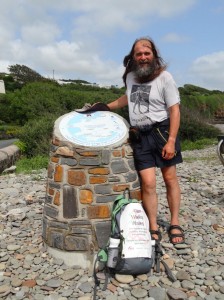encounters with a snake and a horsefly, an unexpected fellow traveller, eastern and western meditations, and two acts of kindness
13th July 2013
miles completed: 966
miles to go: 92
The original plan for today had been for me to meet Parisa and anyone else from Swansea at Rhossili at 9:30 in time for breakfast at the café there that starts serving breakfast at 9:45 (I had scouted out the day before). However, Parisa had texted the night before to say that her washing machine had died and the new one was being delivered, so she couldn’t make it. So I was assuming I’d be on my own and spent several hours writing after I woke, not washing until after nine.
Phone reception down here is, well, let’s say ‘patchy’, but as I started to pack for the day and programme up the ActiWave ECG device, I noticed there was a missed call on the phone from when I was in the shower and there was even sufficient signal to ring back. It was Andy Gimblett from Swansea and he was going to join me at Rhossili.
So, somewhat later than my original plan, but probably a bit earlier than if I’d been continuing my very relaxed (better word than lazy) morning, I set off out of the campsite which the Coast Path literally cuts through. I saw groups of people heading straight up the slopes of Rhossili Down, and Andy later told me that this was a very scenic route, the highest point of the Gower Peninsula. However, I followed the official Coast Path route, which follows along the contours partway up the hillside.
It is only a short walk from Hillside to Rhossili, maybe one and half or two miles, but along fast easy paths. The path was a mixture of foot-beaten orange-red soil and grassy sections and I almost simply stepped over what I thought was a dead bracken stalk, when I realised it was an adder, lying right across the path. I had no stick to frighten it into the undergrowth, and it wasn’t making any movement itself, except its head was cautiously raised, so I had to step carefully round its tail, assuming this would make it run rather than strike. It continued to ignore me, even when I took a photograph, but then when I started to take another it decided it had had enough of my staring and made off into the long grass. The sound of it passing I at first thought was it hissing, but was merely the whispering scrape of it gliding through the undergrowth.
So, I had escaped a snake bite, but the path was also a bridleway, and with partial shade from the already hot sun, ideal conditions for flies, which landed on me if I stopped to take a photograph, or did not walk at full marching pace. I got my first two insect bites of the trip, one on the back of my right calf, the other, a fair inflorescence of bites as if the insect, I assume a horsefly, had been having a seven-course banquet. I wonder how it can have been there so long without me noticing, and assume they initially inject some sort of anaesthetic to numb the area while they feed.
I have had areas with substantial numbers of flies before, including what looked like horseflies, so wonder why only today I get multiple bites. I didn’t put the sun block on until Rhossili, so maybe it acts as an insect repellent. I really could do with some Avon ‘Skin so Soft’, which is the normal solution to midges in Scotland, and even used by the army.
Nearly at Rhossili I saw a cyclist set off up ahead along the path, I assumed after a rest, but then a few moments later he was cycling in the opposite direction towards me. I was confused; was it just another cyclist who looked similar? But then I noticed the video camera on a small tripod beside the path. He explained that he was filming himself for a short video, then he asked me to take still shots of him riding first away and then towards me up the path.
At Rhossili, Andy and I meet at the café and we chat. I slowly eat a full breakfast, while he sips a coffee (to be fair I think he had already had breakfast). We start to talk a bit about the walk and also about his thesis, which is nearing completion. He has been looking at the ways you can build models of interactive applications by driving them automatically, just as if you tried every possible combination of keystrokes and mouse clicks … indeed not so different from the way a child learns how to use a new computer game.
Near the till of the cafe there is a notice about a public meeting. There are proposals for an offshore wind farm out to sea. Visuals compare the 220 metres of the turbines that dwarf the 56 metres of Worm’s Head. They are perhaps a little over dramatised. The Tiree Array is due to start 3 miles out to sea, but that is very close (I think because we are an island and are not fully classified as shore), and I think the minimum around Wales is 12 miles. Worm’s Head is about two miles from the café, so visually they will be about 2/3 its height, albeit a little higher towards the horizon. However, even without exaggeration, they will make a dramatic difference to the open seascape.
A few days ago, I mentioned that Les had spoken in Welsh at a Monmouth Council meeting. This was at the planning application for a large solar array in the farmland there, which he told me about and which was ultimately rejected.
I am again torn; it always seems that renewable energy, which is essential for the nation and the world, threatens the ‘unspoilt’ areas, often with fragile communities and dependent on tourism. Maybe if the horizon of every seascape is turbine filled, if there is no open sea, then the effects on tourism will be neutral.
And if there are no turbines, no solar collectors and the energy future is not managed, then the salt marsh of North Gower and maybe the dune systems below Rhossili will be under threat anyway.
In fact, having met various people at Swansea and with zero ability to hold on to names, and even lower ability to keep track of which name is associated with each face, I was expecting Andy to be one of the solid, obvious rambler, types.
In fact Andy is lithe, and narrow faced, his hair tied in a topknot with a feather stuck through it. I was not surprised to learn he was interested in Eastern meditation and practices, and was due to go to the same Buddhist conference in London that Parisa is going to the following week. It is amazing how quickly we make assessments – and I complain that people always put me down as a vegetarian just because I have long hair, a beard and wear sandals.
Andy is also wearing those ‘barefoot’ shoes/socks, I don’t know the proper word, those things like toed socks made out of rubbery material, that protect your feet a little, but try to be as close as possible to walking barefoot. They make my sandals seem positively overdressed.
I tell him about my conversations with mc about barefoot walking, my own experiences with boots in North Wales, and my gradual metamorphosis during the journey from Berghaus man when I set off to my normal, everyday clothing of zip-offs, sandals, T-shirt and Australian hat.
For most of the way Andy actually takes off even his minimal footwear and walks barefoot. He likes to walk barefoot, and I recall how as a child and at Cambridge I too used to often run through the streets, dodging broken glass and dog poo, with feet calloused and dog-pad hard (maybe the tanning effect of the dog poo), the skin peeling painfully occasionally in the winter. To be fair, the painfulness was because I tended to worry at it and end up pulling thin strips of raw flesh off with the dry leathered skin.
The most dramatic view from Rhossili to Port Eynon is at Rhossili itself, along the headland to Worm’s Head. Once, in my teens, I was in a church youth group and we visited the Gower for a weekend away, sleeping on a Methodist Church Hall floor. I recall we led some sort of service on the Sunday morning, but the four things I remember most are (1) the pain of stomach gas from too much dried soup, (2) because of that the fear of farting at night with so many sleeping bags pressed close together, (3) the distress of one of the older leaders of the group who burst into tears during an evening word game because she couldn’t read, and (4) the walk along the sharp dragon-back of Worm’s Head.
Given it was a short walk, we would probably have been tempted to walk it again today, but the tide was in and the rocky flats between it and the shore are only exposed at low tide.
I had been warned by the couple from Abergavenny that there was a precipitous section of the path, and Andy said that he too had found himself tottering on the edge of steep cliffs last time he had walked this from the other direction, but afterwards he realised he had been walking a closed section of the path. Sure enough, we virtually at once came to a fork where one track led rightwards close to the cliff edge and the left path further up. By the lower path there was a small post in the ground with a smaller notice on it. In large letters, or at least as large as you can write in four inches, it said ‘Danger’, ‘Pergyl’, with the slipping of a cliff icon I had seen so often, and even a no camping sign – read, ‘don’t camp on falling cliffs.’ It is common to see such warning signs along the path, and we almost went down this path until, remembering Andy‘s previous experience, we looked more carefully, and in smaller letters below ‘Danger’, it read ‘Path closed please use alternative route’.
I can’t help but think ‘CLOSED’ would have been clearer signage.
Having successfully avoided the closed section of path, the way is easy underfoot and lovely to see, with various rocky bays and hidden beaches. I only recall one incident of note and one incident that failed to happen.
The first was simply when glancing back down a small cove, I saw a group of young people down by the sea, and then one of them draw a large bow. I would have loved to take a photograph, but it was over in an instant, or so I thought.
The other is that we intended to visit the Paviland Cave, where the oldest buried human bones in Britain were found. Andy had come across a more direct footpath before, but it had been high tide when the only access is a dangerous clamber from above, whereas today, with the tide dropping we should be able to access it from below. After a while Andy checked his GPS as he thought it should be soon, but realised we had missed it entirely and it was nearly a mile back. It was a very hot day, and we decided that the extra two miles to double back were too much, so we both left Paviland for another visit.
So, there was not much that caught my eye, except a general feeling of beautiful cliffs and coves, but that might partly be because we were so often locked in deep conversation. Feet were a not insignificant part of this conversation, especially as Andy was walking barefoot for most of the way and I felt for him on rocky patches, but even more so when there was recently strimmed patch of gorse with dead gorse and the odd tiny green seedling carpeting the way.
I had been thinking over recent weeks about the issue of feet, pain and the way it forces a connection to the ground and to the earth. I had also thought abut the difference between the Western Judeo-Christian and Eastern traditions. In the former God in Genesis creates the earth and declares it ‘good’ (indeed Genesis says ‘it was good’ about once in every verse in its opening chapter), and then (in Christian tradition only) God himself becomes part of the world, sharing in flesh, born bathed in blood from a woman’s womb. In contrast, Eastern traditions seem to use ascetic practices to separate from the world.
However, Andy explained that there are two kinds of practices in different forms of Buddhism. One was as I described, but the other, in particular Yoga and mindfulness (such a keyword of late), emphasises connection and concentration with the body. He talks about mindful walking techniques, which move from a step-by-step focus to an awareness of each tiny movement of sole and heel.
I realise too that there are large tracts of Christian theology that have their roots in either Greek dualism, or simply the difficulty of holding on to epistemic tensions, and have sought to establish just such a sharp separation of flesh and spirit, from the early saint who lived out his life on the top of a column, to Evangelical theology which often focuses exclusively on the wretchedness of the human heart in direct contradiction to God‘s declaration ‘it was good’.
Andy asks about my own confidence in the inherent sense of a good God and good creation, when there is so much in nature and the universe that seems at best uncaring if not cruel.
For me, my Christian faith is not unlike my academic work, based on its truth, not on more personal feelings or spiritual sense; by which I do not mean I never feel anything, but that these are secondary to what is true. However, this is not to say, of course, that I know all that is true!
This question of the goodness of God in an apparently hostile universe has been the subject of debate for two thousand years and before that in the Old Testament also (especially Job).
Often when we seek to intellectually deal with complex things that are apparent contradictions, whether in physics or theology we want to opt for one thing or another. However, I often come back to Paul (the arch Biblical intellectual!), trying to make sense of the role of Jesus and the crucifixion in the grand scheme of creation. He lays out the inherent conflict between God‘s justice and purity that should wipe away a broken world, and his love and mercy that cares for each person and would lose none. He paints this as a tearing in half of the heart of God, persisting through the ages. However, rather than opting for one or the other, God acts in the birth of the baby Jesus and the Crucifixion.
This option of action over reflection seems sadly missing in so much of our intellectual and spiritual practice, and is epitomised in scenes I witness later in the day.
Eventually, we get to Port Eynon. For a moment we toy with going on to Oxwich, but it is Andy‘s first day walking barefoot this summer and he is developing a blister, so we go instead for a cup of tea and a bite to eat at one of the seaside cafés, then, when I realise I have no phone signal, a pint in the pub, then, when we discover that their phone is not working either, I run back down the waterfront where I am told there is a payphone, which, unlike the payphone in Llansteffan, does accept my money, and phone Mike’s Taxis to take us back to Rhossili.
Once back, we divide our ways, Andy to drive back to Swansea, and I to walk across the beach back to the campsite.
As I drop down to the beach there is something pointing out of the sand. At first I think it is a rock, and then maybe just a large beach umbrella, but as I get closer I see it is very old, weathered wood, with smaller pieces of wood sticking out of the sand. Further up the coast I would have thought it was abandoned groynes, or on a river bank wooden jetties, but here it could only be a wrecked ship.
A woman was standing beside it, having just taken some photographs herself. Her partner was on his way down to the sea rescuing a crab that they had found marooned far up the wooden structure, baking in the sun.
The wood itself was deeply cracked, covered in green algae and studded with long rusted metal pieces that looked like curved, tearing teeth. It reminded me a little of the snout of the dead porpoise I had seen on the beach the day before.
As well as the line of smaller pieces of wood I had seen at once, there was a second line, even more deeply buried. These must have been the ribs of the boat. They will have spread over time, but still it was a substantial structure, and the size of the large piece of wood, which is clearly the keel, suggests a large vessel.
Later I learn that this is the wreck of the Helvita, and a well-known landmark.
Further along the beach I pass my second lady angler (I almost want to write ‘fisherman’, but that would seem strange). Unsure whether it is politically correct to mention such a thing, I say hello and remark on the unusualness of seeing a woman with a rod. She agreed that she was unusual and knew few others. She was competing with her husband, who was fishing about fifty yards further down the beach, and was winning. Taking advantage of my presence, she asked me to bear witness to a 20cm flat fish and tell her husband the dimensions as I walked past.
"Don’t rub it in," he said, when I passed on the news.
Slogging through the sandy foot-beaten gorge through the dunes to the campsite, I catch up with a group. At the back is a lady with two dogs, and after I say something about the dogs and the heat, she says about a third dog, maybe a golden retriever, "she’s old and struggles with the sand". I realise that the dog in question has been hefted onto a body board and is being carried by five young people, I assume her family.
When we get to the solid ground of the car park, they exchange some words with her, she says "I’ll be alright from here". Clearly they had simply been passers-by who had either noticed her difficulties, or been asked to help.
Simple acts of kindness, to a crab, to a dog.
Thinking back to the conversation with Andy earlier, the man on the beach could have looked at the crab stranded high on the prow of the Helvita. He could have pondered the cruelty of nature that left it there baking in the harsh sun. But instead he acted and carried the crab to the sea. Action resolving contradiction, and, like a spot of light from a stained glass window, a small Christ-like image of the life-affirming action played large in the Easter story.

